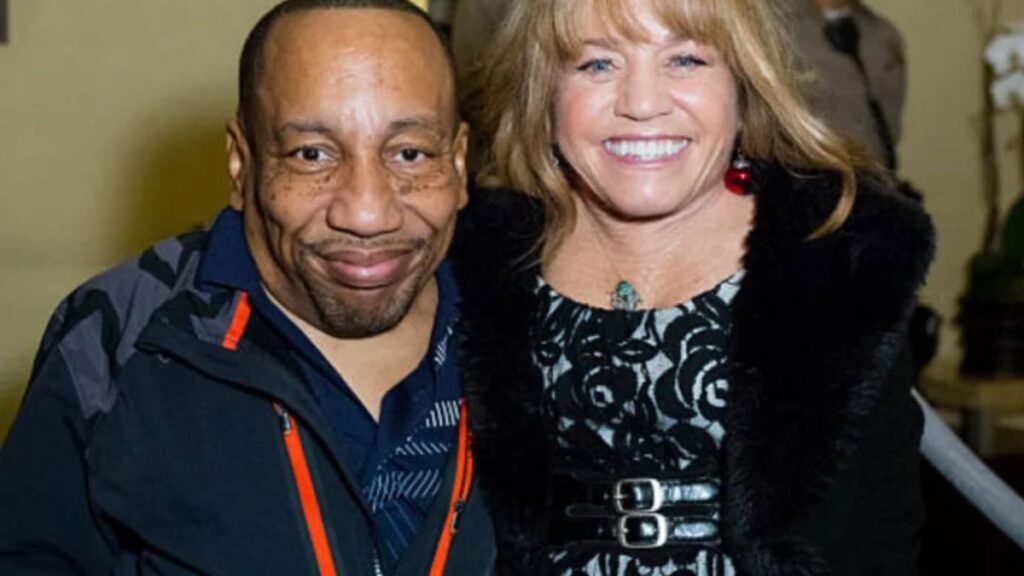Introduction: The Woman History Almost Forgot
History loves its spotlight figures—generals, presidents, revolutionaries. But behind every thunderclap moment is often a whisper, a shadow, a soul who steadies the storm without demanding credit. Otelia Cox was one such soul.
Her name may not command headlines, but in the delicate web of early 20th-century American civil rights and education reform, Otelia Cox was a quiet architect. She was not merely a witness to history—she was a lever of it. Rooted in the American South during a time when being both Black and a woman came with double chains, Cox’s resilience and intellect carved out space in academia, mentorship, and activism.
This is the story of Otelia Cox—a woman of presence, substance, and uncommon foresight.
Chapter One: Early Life in a Shifting South
Born in 1882 in Virginia, Otelia Cox emerged from the crucible of post-Reconstruction America. The Civil War was a living memory. The dreams of Black freedom, though emancipated on paper, were being crushed by Jim Crow laws, lynchings, and systemic disenfranchisement.
Cox was born into a middle-class Black family that understood the value of education—not as a means to an end, but as a revolutionary act. Her parents, themselves literate and civically minded, instilled in her an ethic of dignity, intelligence, and stewardship. While many African Americans were forced to live lives of labor and survival, Otelia was reading W.E.B. Du Bois before she reached her teens.
Her childhood was not one of ease, but it was rich with culture and books. Faith, family, and a fervent belief in Black excellence became her early cornerstones.
Chapter Two: A Mind That Would Not Be Contained
Otelia Cox’s thirst for knowledge was unrelenting. At a time when formal education for African American girls was considered both rare and unnecessary, Cox broke molds.
She attended and graduated from Howard University, the intellectual heart of Black America. There, she rubbed shoulders with the minds of the Harlem Renaissance, drank deep from the wells of Pan-African thought, and began to cultivate her philosophy: that true liberation requires mental emancipation first.
Her academic discipline leaned toward education and history, but Cox’s impact would ripple far beyond any single department. She quickly gained recognition for her analytical clarity, her patient activism, and her ability to both write and lead with grace.
Chapter Three: The Hampton Institute Years
In the 1920s and 1930s, Otelia Cox served at the Hampton Institute (now Hampton University), an HBCU nestled in southeastern Virginia. At Hampton, she was more than an educator—she was an institutional pillar.
Cox taught in the education department, but her work extended into mentorship, curriculum development, and historical preservation. In an era when textbooks erased or distorted Black narratives, she was quietly building a new archive—one based on truth, resistance, and cultural pride.
At Hampton, she taught not just academics, but awakening. She empowered her students—many of whom came from rural, segregated backgrounds—to see themselves as agents of change. Her classrooms were incubators of confidence.
Colleagues often described her as “quietly authoritative”—a woman who didn’t have to shout to be heard.
Chapter Four: The Invisible Hand in Historical Preservation
It would be a disservice to discuss Otelia Cox without acknowledging her connection to Black history preservation. She was among the early historians and educators who understood the importance of institutional memory within African American communities.
Cox worked closely with libraries and Black historians to preserve oral histories, church records, photographs, and family lineages. Much of this material would later serve as bedrock data for major 20th-century studies on Black life in the South.
She also championed the inclusion of African American figures in school curricula—well before the civil rights movement brought these demands to the mainstream.
To her, erasure was not just offensive; it was a form of slow violence.
Chapter Five: Intersectional Activism Before the Term Existed
Decades before “intersectionality” entered the lexicon, Otelia Cox embodied its core principle. She navigated the dual oppressions of race and gender with a careful brilliance that modern scholars still marvel at.
She was deeply involved in both the civil rights and women’s rights movements, though she kept a low profile compared to some of her louder contemporaries. She believed in the power of the pen and the ripple effect of education.
Cox often held “salons”—gatherings in her home for Black women scholars and students—to exchange ideas, provide emotional support, and develop strategies. These sessions were underground think tanks of their own, fueling future policy leaders, educators, and activists.
Chapter Six: The Bridge Between Generations
One of Otelia Cox’s most enduring legacies was her mentorship. She was the connective tissue between 19th-century emancipation ideals and 20th-century civil rights militancy.
Among her mentees were young women who would go on to become leaders in school desegregation lawsuits, NAACP legal strategists, and cultural curators. While she never sought the spotlight, it often found her through the accomplishments of those she guided.
Cox didn’t view mentorship as charity—it was survival strategy. In her view, Black women had to uplift one another or risk being erased from the narrative entirely.
Chapter Seven: Life Beyond Academia
Though academia was her formal world, Otelia Cox was a deeply spiritual woman and active community member. She participated in Black churches, mutual aid societies, and literacy programs.
Later in life, she moved into archival work more formally, helping organize and classify historical documents at historically Black colleges. These contributions remain invaluable, especially given how much Black history was either destroyed or ignored by white-led institutions.
Even in retirement, she continued to write, correspond, and consult. Her letters—many of which remain unpublished—are intimate windows into her thoughts on race, democracy, pedagogy, and womanhood.
Chapter Eight: Legacy, Recognition, and the Quiet Flame
Otelia Cox passed away in the early 1960s, just as the Civil Rights Movement was peaking. The timing is poetic: the movement she had helped sow for decades was finally erupting into the national consciousness.
She never received widespread acclaim. No major biographies. No bronze statues. But her influence is stitched into the DNA of countless institutions and individuals.
Today, educators and historians have begun revisiting the lives of overlooked Black intellectuals like Cox. Her name has begun to surface in academic texts, especially those that examine Black women’s roles in shaping modern American consciousness.
If Rosa Parks was the mother of the movement, Otelia Cox was its great-grandmother—unknown to many, essential to all.
Chapter Nine: Why Otelia Cox Matters Now
In an age of fast fame and shallow engagement, the story of Otelia Cox is a powerful reminder of slow, sustained excellence. Her life tells us that leadership doesn’t always roar. Sometimes it reads, mentors, archives, and waits.
Her relevance in today’s world is not just historical. As we wrestle with systemic bias, educational inequity, and historical whitewashing, Cox’s life is both a warning and a blueprint.
She teaches us the value of intellectual rigor, the importance of inclusive memory, and the power of intergenerational solidarity.
Closing Thoughts: Remembering the Invisible
As we reframe history to include those who carried its burdens silently, Otelia Cox rises like a specter with something important to say:
That change requires both thunder and glue. The thunder breaks systems. The glue—quiet hands like hers—holds everything together when it does.
In telling her story, we don’t just honor one woman—we reclaim a missing page from the American narrative. And in doing so, we remind ourselves that not all revolutionaries hold bullhorns. Some wield books. Some mold minds. Some, like Otelia Cox, build the foundation so others can finally climb.






